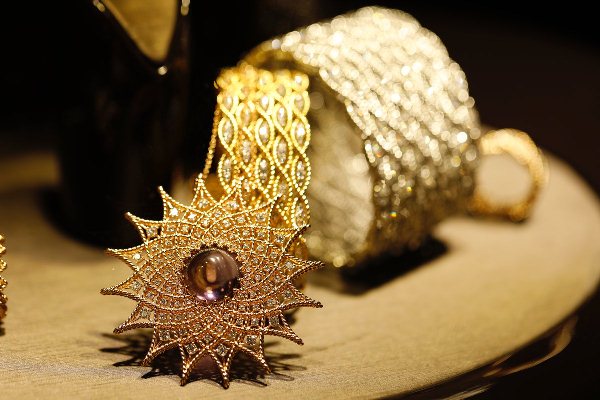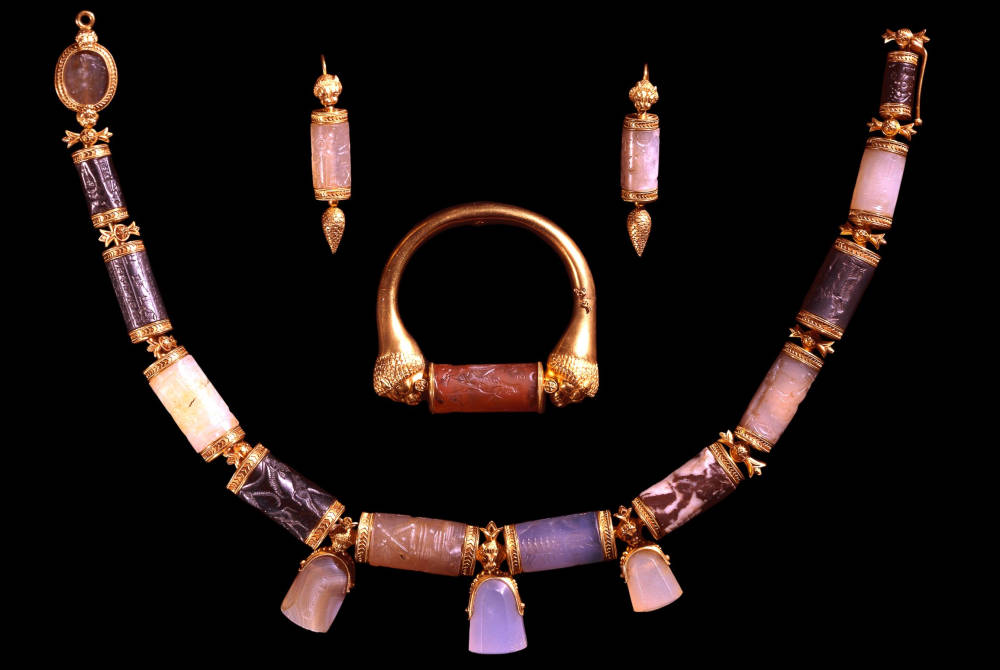Since the beginning of human civilization, ornamentation has been an important aspect of art and design. From the intricate patterns of ancient civilizations to the sleek lines of modern design, ornamentation has evolved with the times.
Ancient Ornamentation
Ancient civilizations such as Egypt, Greece, and Rome were known for their elaborate ornamentation. They incorporated ornate patterns into their architecture, pottery, and clothing. These patterns often featured geometric shapes, floral designs, and mythological figures.
The Egyptians, for example, used hieroglyphs as a form of ornamentation. These intricate symbols were carved into their temples and tombs, and were used to tell stories and convey meaning.
The Greeks and Romans, on the other hand, used ornate patterns in their architecture. They incorporated columns, friezes, and pediments into their buildings, which were often adorned with intricate carvings and sculptures.
Medieval Ornamentation

The Middle Ages saw a shift in ornamentation, with a focus on religious themes. Gothic architecture, which emerged in the 12th century, featured pointed arches, ribbed vaults, and elaborate stone tracery. Ornamentation in this period often included religious figures, such as saints and angels, as well as floral motifs.
During the Renaissance, ornamentation became more secular, with a focus on humanism and the natural world. Artists such as Leonardo da Vinci and Michelangelo incorporated ornate patterns into their paintings and sculptures, often using symmetry and balance to create harmony and beauty.
Modern Ornamentation
The modern era has seen a shift towards simplicity and minimalism in design. Ornamentation is now often used sparingly, with a focus on clean lines and functional design.
The Art Nouveau movement, which emerged in the late 19th century, was characterized by flowing, organic patterns inspired by nature. This style was popularised by artists such as Gustav Klimt and Alphonse Mucha, and was used in everything from furniture to jewellery.
The Art Deco movement, which emerged in the 1920s, was characterised by sleek, geometric patterns and bold colors. This style was popularized by designers such as Eileen Gray and Jean Dunand, and was used in everything from architecture to fashion.
The Future of Ornamentation

As technology continues to advance, ornamentation is likely to evolve even further. With 3D printing and other advanced manufacturing techniques, designers have more tools than ever before to create intricate and complex designs.
One trend that is emerging is the use of biomimicry in design. This involves taking inspiration from nature to create functional and beautiful designs. For example, a building might be designed to mimic the shape and structure of a tree, or a car might be designed to mimic the aerodynamics of a bird.
Another trend is the use of interactive and dynamic ornamentation. This involves creating designs that change and adapt based on the environment or user interaction. For example, a building might have a facade that changes color based on the time of day or weather conditions.
Ornamentation has come a long way since the ancient civilizations of Egypt, Greece, and Rome. From the ornate patterns of the Middle Ages to the sleek lines of modern design, ornamentation has evolved with the times. As technology continues to advance, designers have more tools than ever before to create intricate and complex designs, and the future of ornamentation looks bright.


